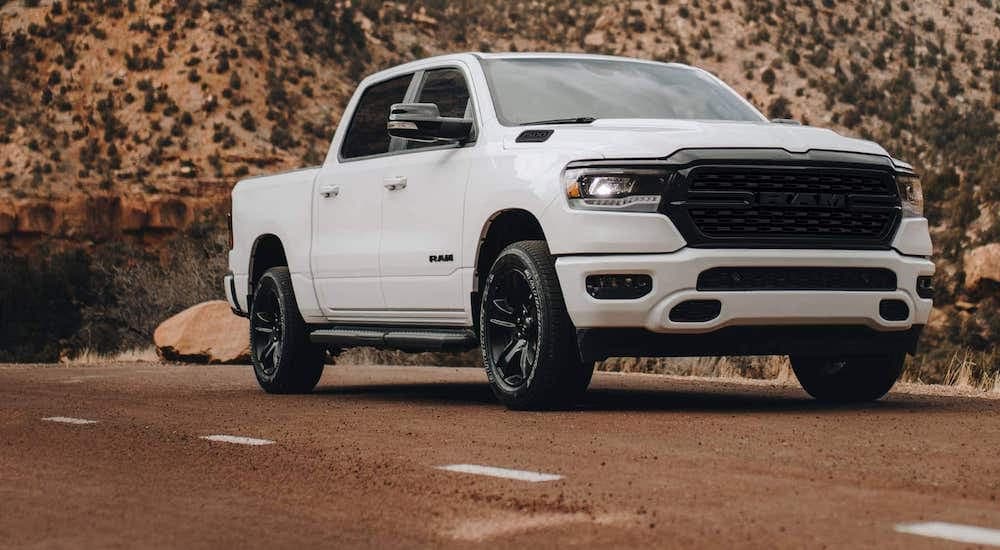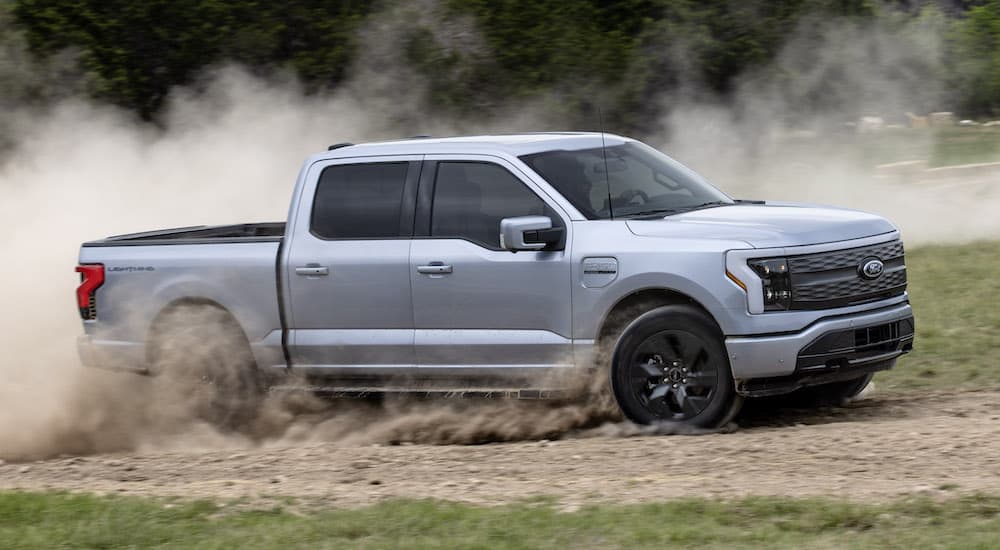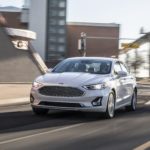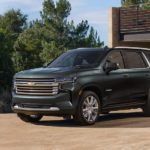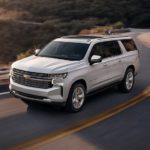2022 was a year of ups and downs, and not just for the world at large. The automotive industry struggled with the ongoing pandemic, leading to shortages and delays, but there were also exciting improvements in the electric vehicle market, along with the inclusion of more safety and infotainment technology and, of course, the introduction of several new models. Some models were re-introduced, re-designed, or discontinued, while others gained new trim levels, paint colors, and standard features.
In preparation for 2023 and beyond, the automotive industry has begun making changes to ensure that things continue moving forward rather than becoming stagnant or going back to outdated practices. Some companies decided to whittle down their offerings so as to cater to a specific niche of customers, while others decided to take what they already had and began offering hybrid or electric versions of them. Still, others added one or two vehicles to their roster, and some waited the year out, only offering new trim levels and editions, waiting to see how everything would pan out before committing to a plan of action. Let’s take a look at the year in review and see what happened in the automotive industry in 2022.
New and Noteworthy Models
- Volvo: Introduced the C40 Recharge EV
- Toyota: Introduced the Corolla Cross––a small crossover
- Ram: Presents the 10th Anniversary Edition of the Ram 1500
- Nissan: Introduced an all-electric vehicle, the ARIYA EV
- Mercedes-Benz: Introduced the EQS electric vehicle
- Mazda: Introduced the brand’s first all-electric vehicle, the MX-30
- Kia: Introduced the EV6 crossover
- Ford: True to their word, they have begun focusing more energy on producing electric vehicles, rolling out the Maverick, F-150 Lightning, and the E-Transit
With the unstable supply and pricing of gas and diesel, the sale of electric vehicles has gone up by almost 70% since last year. Many consumers, and therefore companies, are concerned with the state of the environment and are beginning to take steps to do what can be done to prevent the continuation of harmful practices. With fewer fossil-fuel-powered cars on the road, and people economizing by carpooling and ridesharing, it seems like this has been a solid strategy, so it is to be expected this will continue as a popular trend. 2022 appears to be the beginning of the green revolution in the auto industry and will inform the design and production of vehicles for years to come.
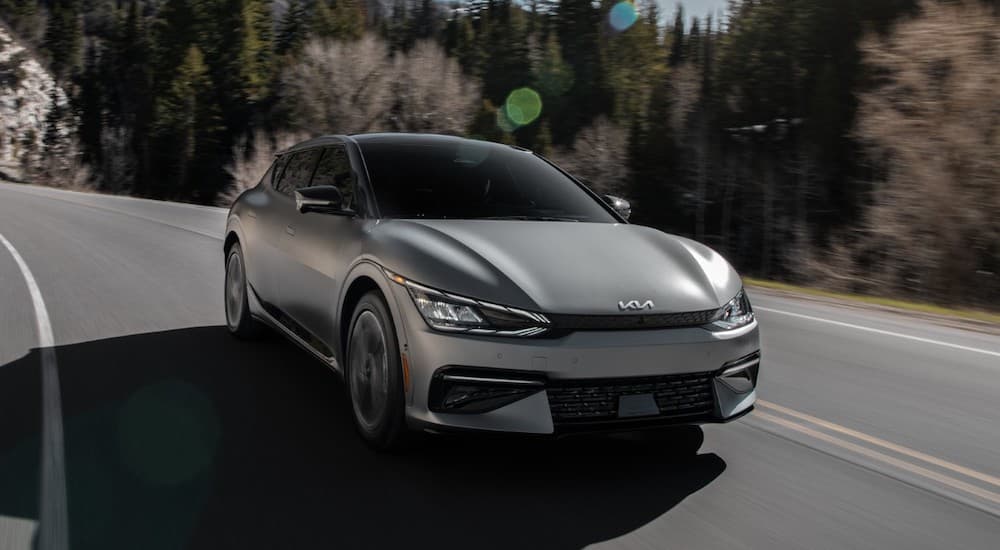
Digital Sales
Another change this year is the rise in digital sales. While digital sales numbers did rise during the early part of the pandemic, it seems now that many people appreciate having the option, and it doesn’t appear as if this will change any time soon. Though this might be a bit of a different world for sales representatives, dealerships, and of course, customers, there has been some forward movement already to ensure that the process is clear and simple. You can apply for a loan, have your trade-in valued, choose a new vehicle, and have it delivered after just a few clicks.
The ease of use, the ability to choose exactly which features you want, and the knowledge that help is just a message or phone call away have empowered many people to forego the brick-and-mortar dealerships, instead visiting a dealership’s website to see their inventory, customer reviews, and what services they offer after you have claimed ownership of your new vehicle. Some companies offer videos, live tours, photos, online chat services, and online appointments to ensure that their customers can get their questions answered and that there is still a person-to-person connection prior to the sale.
Rideshares, Rentals, & Mobility as a Service
Larger cities and towns have seen a major rise in companies selling mobility as a service––think Lyft, Grubhub, Uber, Doordash, local electric bike programs, GoGet, FlexiCar, Lime Scooters, and other products aimed at those who don’t own their own vehicle, have to share one with a family member or choose to conserve by carpooling.
Meal delivery services, transportation services, and tourism services have all become more popular in the last few years thanks to growing downtown areas, the pandemic, work-from-home opportunities, health issues, and inflation. It’s cheaper to split the cost of a ride or only pay for when you need one, and it’s much easier to order food or groceries than to expend all the energy to get ready, leave the house, drive the car, buy groceries, go back home, and then cook.
With airborne illnesses likely to stay with us round the clock for the foreseeable future, and people moving their work from the corporate office to their home office, it makes sense that rideshares and rentals will become more popular as time goes on. Indeed, it is the only form of transportation that some people have access to and can be overwhelmingly beneficial for all.
Green Initiatives
As previously stated, the rise in purchases of electric vehicles will likely only go up from here. Our world is battling disease, climate change, natural disasters, and manmade disasters, and one of the ways we can contribute to and protect the environment is to take steps toward limiting emissions and the use of fossil fuels. To that effect, the automotive industry has begun researching, designing, and producing vehicles that will have low or no emissions. With electric vehicle sales on the rise, it looks as if both the automotive industry and consumers are invested in doing what they can to reverse some damage and keep the earth healthy.
While there is no perfect solution, it appears that when we join forces, as in the case of the automotive industry and customers, we are strong enough to overcome any obstacle, whether it be tackling the issues of clean water, conservation, or alternative energy. It might have seemed like this step was a long time coming, but rest assured, this is just the beginning. Though fossil fuels may never go the way of the dodo bird completely, hopefully, the industry will continue to make steps forward.
2022 Is the Start of Major Changes
There has been a lot of push to see some change come from the automotive industry. Concerns over environmental impact and changing tastes from the public have forced many manufacturers to pivot what they’re doing and make some big changes. 2022 is just the start of these movements, showing new designs, new models, and new norms of living. Now the task of figuring out what comes next has fallen into the hands of the new generation of automobile industry owners. Which brands will be able to maintain their popularity? Which ones won’t be able to keep up? Will new brands rise out of the old ones’ ashes? At this point, only time will tell.
2022 saw the automotive industry further research into self-driving cars and hybrid or fully electric vehicles, while dealerships began utilizing online chat functions and interfaces designed to take customers from looking to buying. Consumers began purchasing more electric vehicles or foregoing owning their own cars altogether, instead relying on delivery and rideshare companies in an effort to conserve finances and take part in protecting the environment. If 2022 has taught us anything, it’s that times are changing, and hopefully, for the better.
